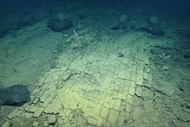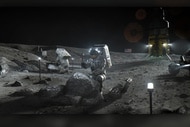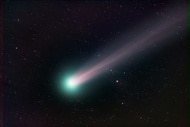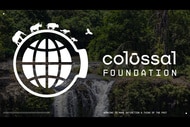Create a free profile to get unlimited access to exclusive videos, sweepstakes, and more!
The Ways The Croods (Neanderthals and Other Ancient Humans) Are Alive in Us Today
Roughly half the Neanderthal DNA exists in living humans.
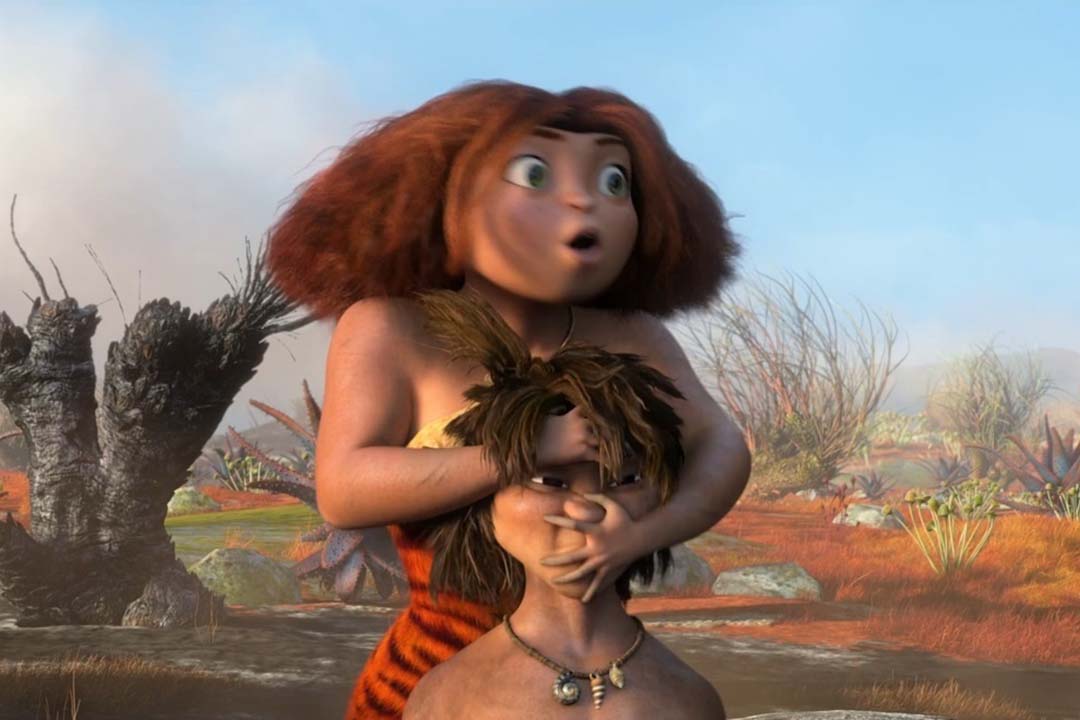
The 2013 Dreamworks Animation animated family film The Croods (now streaming on Peacock!) follows a family of cave people during a period of prehistoric upheaval. Grug (Nicolas Cage) protects his Neanderthal family by keeping them tucked safely inside their cave, leaving only for brief periods to find food. But after an earthquake destroys their home, they set out in search of a new place to settle down.
The Croods, along with their Homo sapiens companion, Guy (Ryan Reynolds), travel an uncharted world filled with bizarre creatures, just trying to survive. There’s a lot about The Croods which plays fast and loose with humanity’s history, but the basic premise is built on fact. There’s ample evidence that Homo sapiens intermingled with Neanderthals and other extinct human species as we collectively spread across the globe, and some of their ancient DNA is alive and well inside of you today.
For More on Ancient Humans:
Scientists are Unraveling Ancient Human Cultures from the Jewelry They Wore
Turns Out, Neanderthals and Homo Sapiens Might Be the Same Species
We Might Have "Caught" Depression from Interbreeding with Denisovans Thousands of Years Ago
Homo Sapiens and Neanderthals Intermingled and Interbred
We often think of human expansion out of Africa as something which happened in discrete waves. We imagine that first our “less evolved” relatives like the Neanderthals made the jump and that modern humans followed in their footsteps, but that isn’t wholly true. Instead, migration likely happened in jumps and starts, first with small groups and then with large ones over long stretches of time. Though it is true that Neanderthals evolved earlier than anatomically modern humans, and did migrate first. During the migratory period, groups of humans (Homo sapiens, Neanderthals, Denisovans, and more) were carrying their genetic legacy back and forth across the landscape.
The first modern humans may have started pushing out of the African continent as early as 200,000 years ago, but mass expansion didn’t happen until about 60,000 years ago. When our species finally got around to exploring the rest of the planet, they found it already occupied by Neanderthals, Denisovans, and other splinter species within the human lineage. The last Neanderthals died out only about 40,000 years ago, leaving a window of about 20,000 years for all of us to hang out together. And hang out, we did.
Today, if you have ancestry from outside of Africa, then you probably have between 1% and 4% Neanderthal DNA floating around inside you. People in Papua New Guinea and Oceana typically have about 5% Denisovan DNA. It’s a common evolutionary story in which closely related species intermingle and share adaptations with one another. Research indicates that the Neanderthal genome was itself made up of about 6% DNA pilfered from other ancient human species.
While Neanderthal and Denisovan DNA makes up only a small part of each individual’s genetic makeup, about half of the Neanderthal genome is alive today, scattered among the 8 billion or so living humans. From our modern POV, it might seem weird that our Homo sapiens ancestors got down and dirty with Neanderthals and other human species, but it makes evolutionary sense.
When Homo sapiens migrated into Eurasia, we encountered new environments and diseases that our bodies weren’t equipped for. The Neanderthals, however, had been living on the land for thousands of years and had adapted to living there. They did all of the genetic heavy lifting of figuring out how to survive in Eurasia and, by interbreeding with them, we were able to borrow those vital adaptations, some of which linger today.
Neanderthal DNA Is Alive in Us Today
Part of what we inherited from Neanderthals were their immune responses. They had adapted to pathogens we were only encountering for the first time, and that may have helped us survive the exodus. It also may have left us with overactive immune systems which sometimes attack the body. There is some evidence that some autoimmune diseases are associated with Neanderthal DNA. Likewise, depression and blood clotting disorders, but it’s not all bad.
Neanderthal genes have been associated with sperm motility, wound healing, and the O blood type. A couple of Neanderthal specimens exhibit genetic markers for O blood type. That suggests either that we inherited it from them or that it arose in our common ancestor and was retained by both species. Neanderthal DNA could help some people better taste certain foods and another gene might provide a reduced risk of prostate cancer. Other genes impact diabetes risk, eye color, hair color, skull shape, and more.
The human genome is absolutely riddled with ancient DNA picked up from our extinct genetic siblings, but it might not have as much of an impact as we once thought. Complex traits, like those associated with behavior and appearance, often rely on multiple genes all working in concert. Recent research concluded that in many cases modern gene variants take the lead and our ancient genetic stowaways have little if any impact. We’re still learning about the role of ancient DNA in the modern human genome, and it’s not totally clear how much influence there actually is, but one way or another the Neanderthals are hitching a ride into the future inside of us.
Watch The Croods, streaming now on Peacock.


